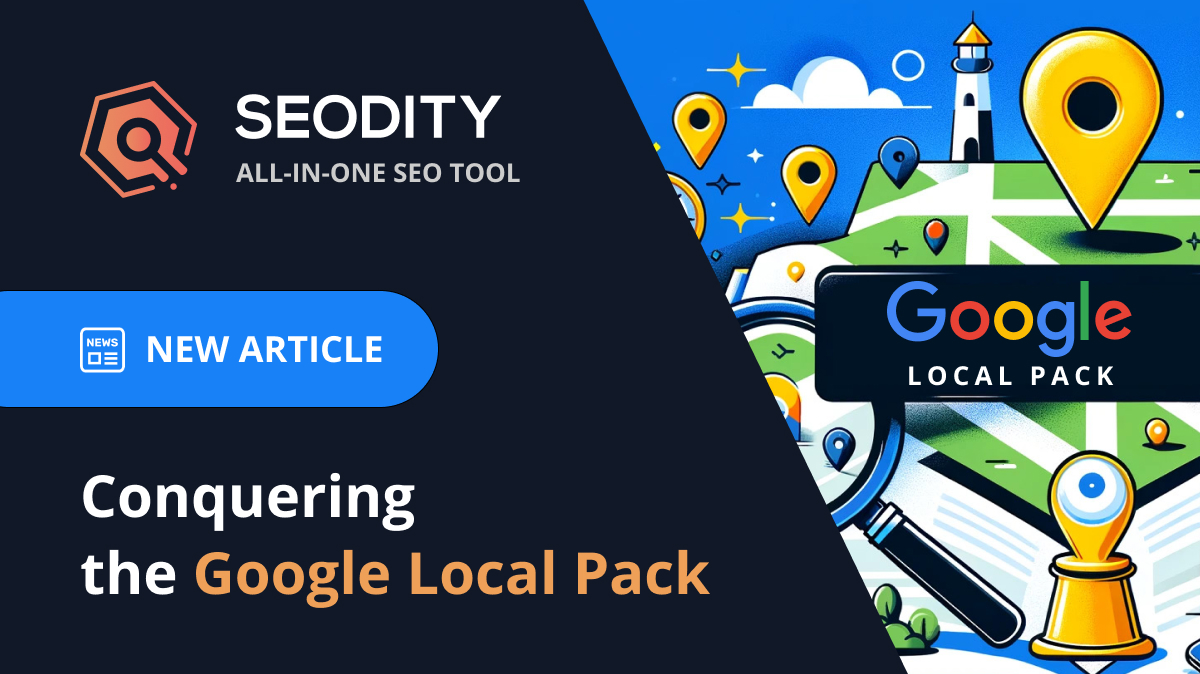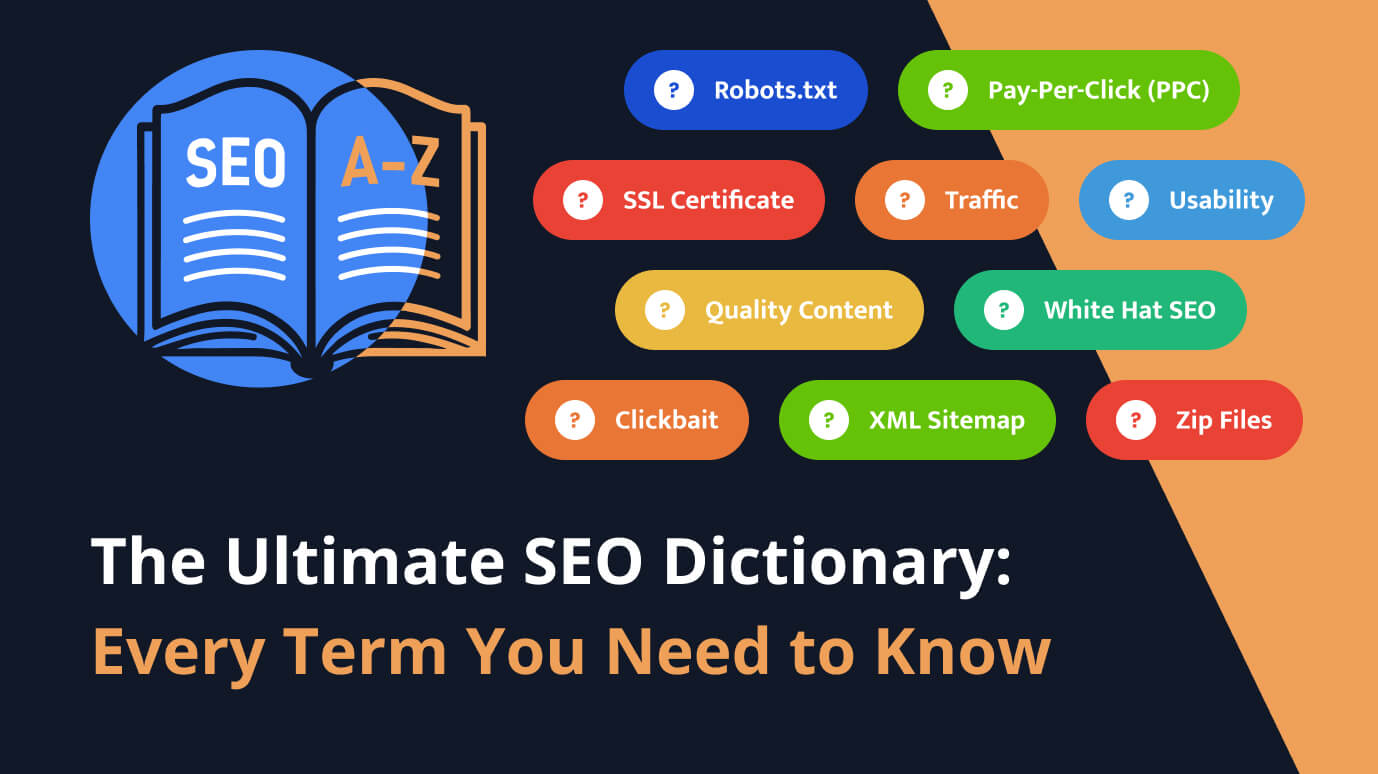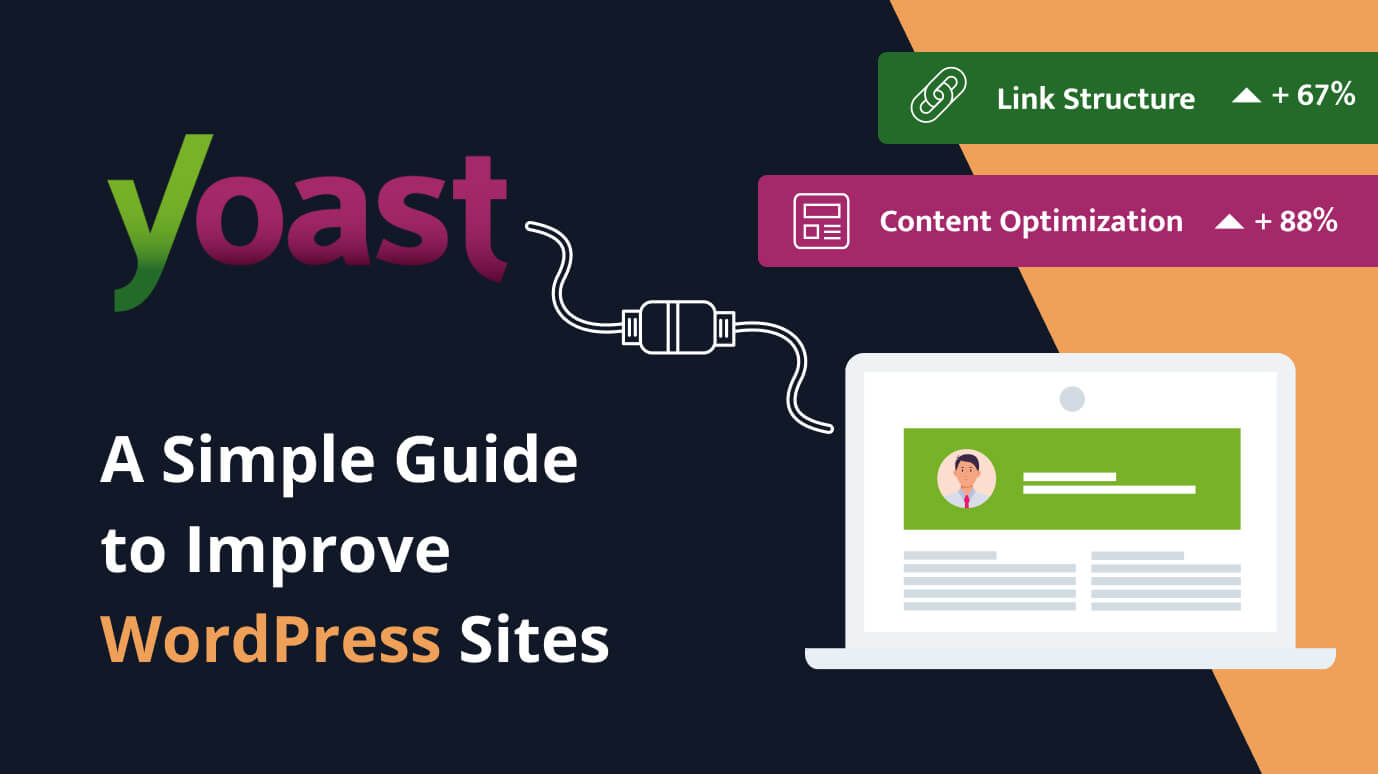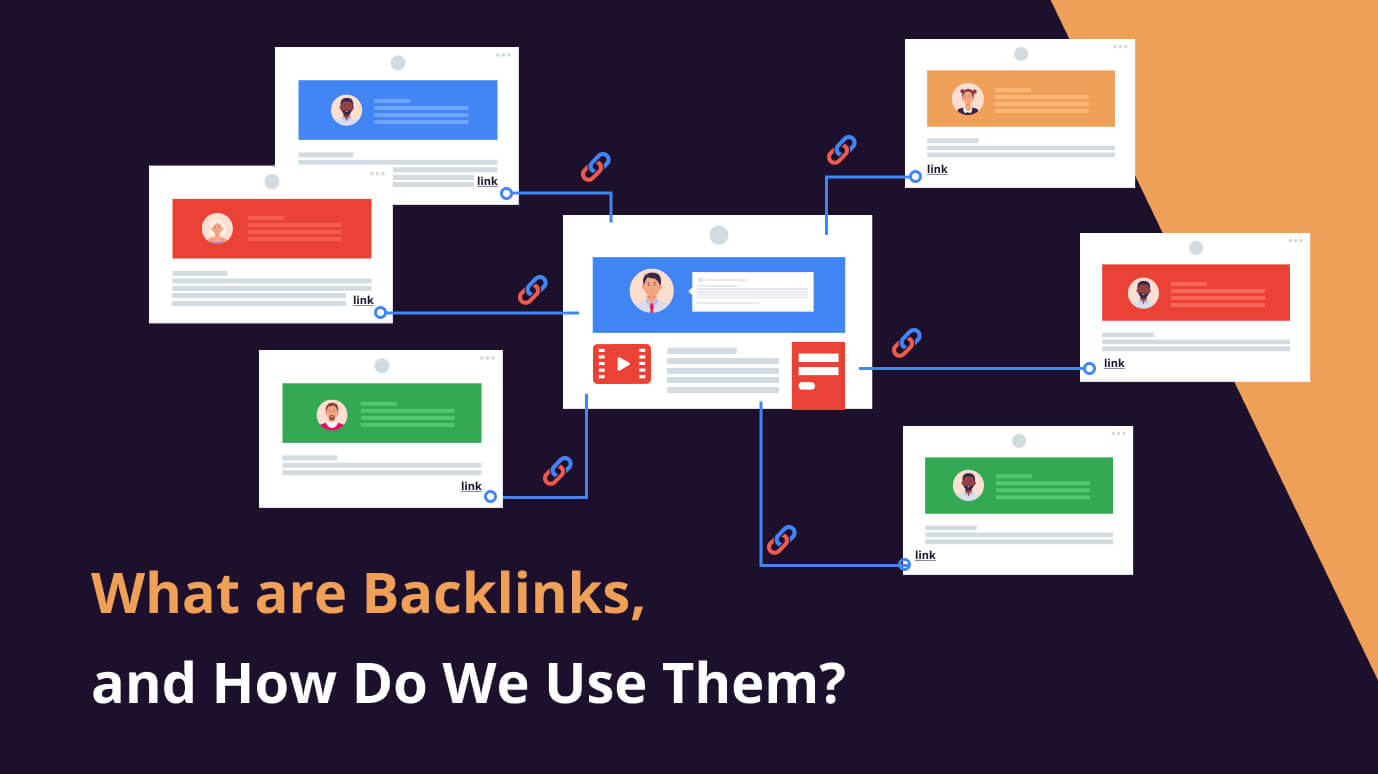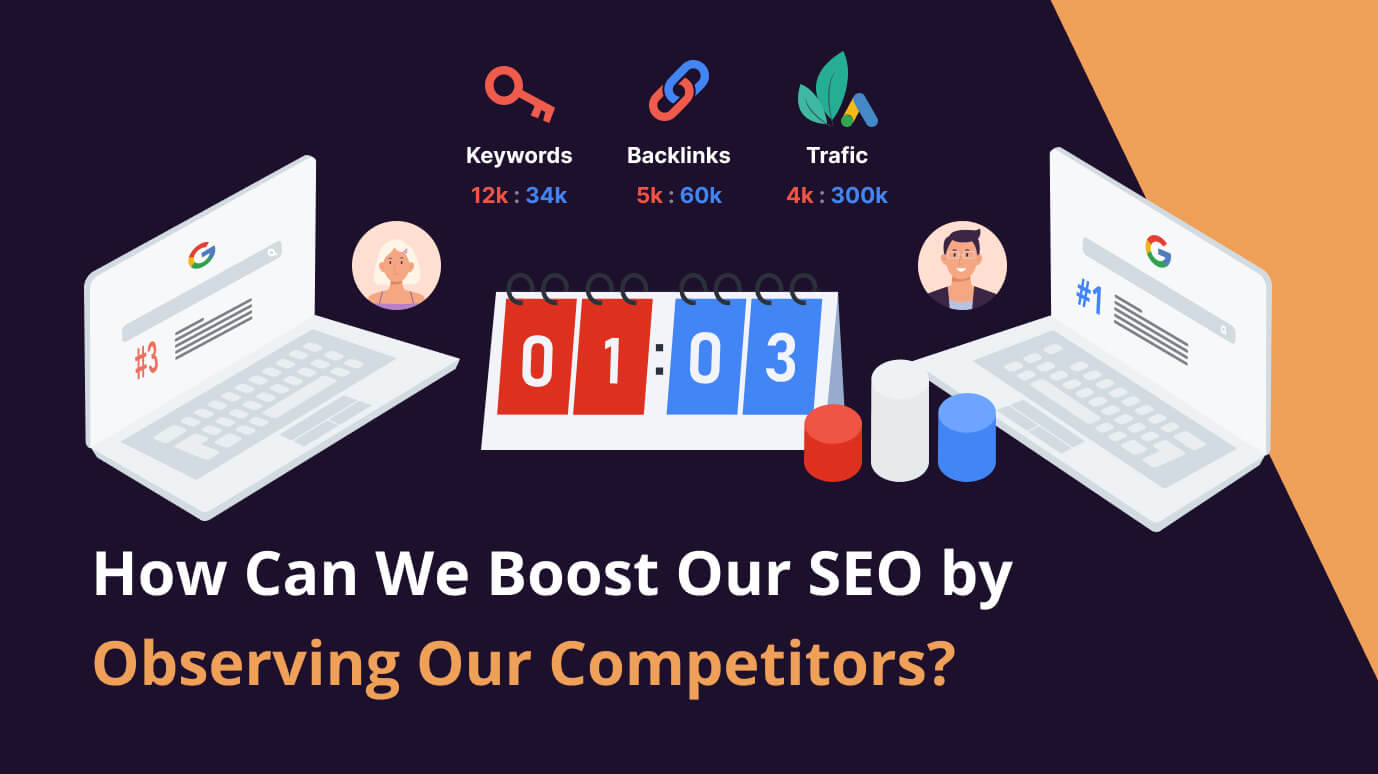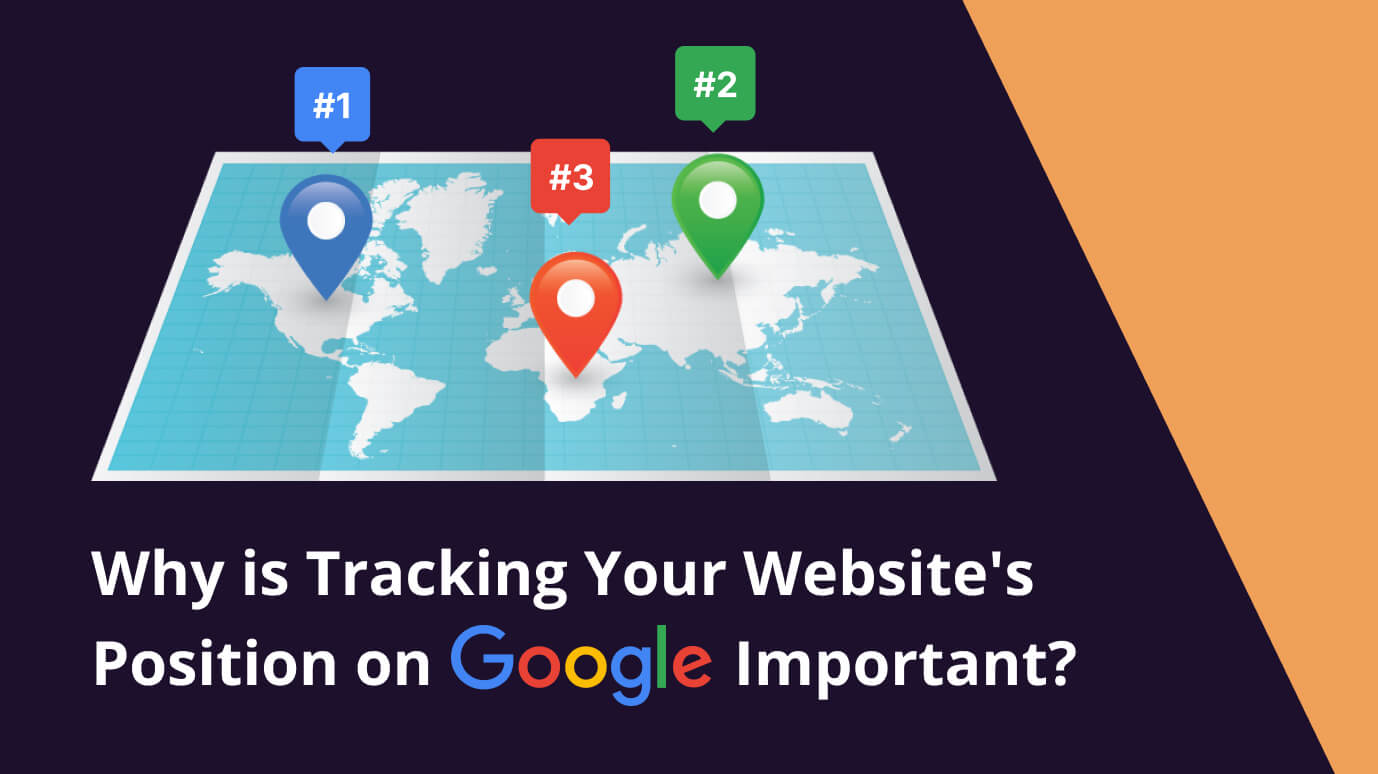
 14 min read
14 min readWhat is a SERP Feature? Common Types and How to Win Them for Better SEO
What is a SERP Feature?
Before diving into the complex world of Search Engine Optimization (SEO), it's crucial to understand one of its most fundamental aspects: the Search Engine Results Page (SERP) Feature. A SERP feature is any result on a Google search page that is not a traditional organic result. Search engines design these features to provide users with the most relevant information in a more visually appealing and accessible format. From featured snippets, local packs, and knowledge panels to image packs, these enhanced results aim to satisfy user queries efficiently and accurately. Understanding SERP features is essential for anyone looking to improve their website's visibility and ranking on search engines. As we delve deeper into the nuances of SERP features, we'll discover how they work, their various types, and strategies to optimize your content to earn these coveted spots on search engine results pages.
After providing a basic introduction to Search Engine Results Page (SERP) features, it's essential to dive into a deeper understanding of what SERP features entail and why they hold critical importance in the SEO landscape. Simply put, SERP features extend beyond conventional organic listings to include specially formatted results or enhancements designed to offer users direct, visually engaging, and comprehensive answers to their queries. These features cater to the evolving search behaviors and preferences, emphasizing speed, accuracy, and user experience.
From a technical standpoint, SERP features are generated through search engines' complex algorithms, which pick up cues from the content's relevance, quality, user engagement metrics, and even the searcher's intent. Notably, these features have reshaped the ranking dynamics on search engine results pages, making them a pivotal factor in SEO strategies. For businesses and content creators, the significance of SERP features lies in their ability to dramatically increase visibility, drive more traffic, and enhance user engagement without the need to occupy the top organic search result. This understanding marks a pivotal step towards mastering SEO and optimizing your online presence effectively.
Why Should You Care About SERP Features?
The significance of SERP features in the digital marketing realm cannot be overstated. In an era where the internet is saturated with information, standing out in search engine results is not just beneficial; it's essential for survival and growth. The immediate question arises: Why should businesses and content creators prioritize SERP features? The answer lies in the myriad of advantages these features offer in terms of online visibility and user engagement.
Firstly, SERP features are capable of dramatically increasing your content's visibility. They usually take up more space on the results page and are positioned prominently, thereby drawing more user attention compared to traditional text-based results. This enhanced visibility translates into higher click-through rates (CTR), directing more traffic to your website or page. Moreover, being featured in SERP features such as Featured Snippets or Knowledge Panels instantaneously brands your content as authoritative and trustworthy in the eyes of users, enhancing your digital credibility.
Furthermore, since SERP features often provide direct answers or valuable information at a glance, they cater to the growing user demand for quick and accurate responses. By answering a user's query directly on the search results page, you significantly improve the user experience, which can lead to increased user satisfaction and potentially higher engagement rates on your website if the user chooses to click through for more detailed information.
Finally, with the evolution of voice search and digital assistants, SERP features play an even more crucial role. These devices frequently pull information from structured SERP features to answer voice queries. Therefore, optimizing for SERP features not only improves your visibility in traditional searches but also positions you favorably in the rapidly growing voice search landscape.
In summary, the value of SERP features extends beyond mere visibility; they offer a strategic advantage in driving traffic, establishing credibility, enhancing user experience, and catering to the modern dynamics of search behavior. For businesses looking to thrive in the competitive online space, understanding and aiming for these features should be a key component of their SEO strategy.
How to Add Your Content to SERP Features
Successfully integrating your content into SERP features involves a combination of technical SEO, content quality, and strategic planning. As we've explored the importance and benefits of SERP features, it's time to focus on increasing your chances of earning these coveted spots on search engine results pages. The process can be broadly divided into several actionable steps:
1. Conduct thorough keyword research: Grasp the queries your target audience is typing into search engines, with a keen eye on those that initiate SERP (Search Engine Results Pages) features. Utilize tools like Google's Keyword Planner and Seodity to pinpoint high-value keywords that are pertinent to your content. Aim for long-tail keywords and queries framed as questions, as they tend to have a greater chance of yielding snippets and other SERP features.
2. Optimize for specific SERP features: Your approach will vary depending on the type of feature you're targeting. For example, to appear in featured snippets, structure your content in a way that answers specific questions directly and succinctly. Use headers to segment your content, and include bullet points or numbered lists when appropriate. For image packs, ensuring your images are high-quality, properly tagged, and accompanied by descriptive alt text can improve their chances of being featured.
3. Improve your website's technical SEO: The foundation of being featured in SERP features is a technically sound website. This includes fast loading speeds, mobile optimization, and structured data markup. Structured data, also known as schema markup, helps search engines understand the context of your content, making it more likely to be selected as a SERP feature.
4. Focus on content quality and relevance: High-quality, informative, and authoritative content will likely be featured. Ensure your content is thoroughly researched, well-written, and provides real value to your audience. Additionally, keeping your content up-to-date is essential, as search engines favor the most relevant and current information.
5. Monitor and adjust your strategy: Earning a spot in SERP features is not a one-time task but a continuous effort. Regularly monitor your performance using SEO tools and Google Analytics to see how your content performs. Learn from successes and failures, and adjust your strategy to improve your chances of being featured.
By taking these steps, you can enhance your content's visibility on search engines and significantly increase your chances of being included in SERP features. While there's no guaranteed formula for success, persistence, high-quality content, and smart practices move you in the right direction.
Common Types of SERP Features
We've discussed the importance of SERP features and how to use them to boost your content. Now, let's look at the different SERP features and why they matter. Each one has a specific purpose and meets different user needs, so knowing these can really help improve your SEO. Let's dive into some of the most common SERP features and how they can make your content more visible.
- Featured Snippets: Often referred to as "position zero," featured snippets provide a quick answer or summary to the user's query, pulled directly from a webpage. They are prominently displayed at the top of the SERP, usually in a box, and include a snippet of text, a URL, and sometimes an image.
- Local Packs: For queries with local intent, local packs display several local business listings relevant to the search. These often include a map, a list of businesses with ratings, hours of operation, and sometimes even availability of services.
- Knowledge Panels: These panels appear on the right side of the SERP and provide authoritative and concise information about broad topics, places, celebrities, and events. Drawing from various sources, including the Google Knowledge Graph, they provide users with a summary of critical information at a glance.
- Image Packs: For searches where visual content is deemed relevant, image packs appear, often linking to a Google Images search. They showcase a row of images related to the query and can significantly enhance the visibility of visual content.
Understanding these common SERP features enables SEO professionals and content creators to tailor their content and optimization strategies more effectively. Focusing on the features most relevant to their content and audience can enhance their chances of standing out in a crowded digital space. The goal is not just visibility but providing value and directly addressing the queries and needs of your target audience.
Featured Snippets
Featured Snippets stand out as a quintessential SERP feature, earning the moniker "position zero" due to their prominence at the very top of search engine results pages. These snippets aim to directly answer a searcher's query by extracting and displaying a relevant piece of content from a webpage, alongside the page's URL, and occasionally an accompanying image. Typically presented in a distinct box for heightened visibility, Featured Snippets capture the user's attention by providing immediate, concise answers to their questions.
For content creators and SEO professionals, the allure of landing in a Featured Snippet lies in the significant boost in visibility and the potential for increased click-through rates. To optimize content for these coveted positions, it is advisable to format your content in a way that precisely addresses the queries users are seeking. This can be achieved by structuring your content with clear, direct answers placed near the top of your pages and employing headers for improved readability. Including concise summaries and bullet points can further enhance your content's chances of being selected for a Featured Snippet.
In essence, optimizing for Featured Snippets requires a strategic approach that combines user-focused content with smart structuring. By satisfying the user's search intent with clear, authoritative answers, your content stands a better chance of being highlighted in this prime SERP feature, thereby driving more traffic to your site and establishing your content as a trusted resource.
Local Packs
Local Packs are vital in connecting users with businesses in their vicinity, making them a key SERP feature for local SEO. When a search query has local intent, such as "best coffee shops near me" or "bookstores in [City Name]," Google displays a Local Pack. This feature showcases a map alongside a concise listing of businesses that match the search criteria, often including essential details like contact information, ratings, hours of operation, and sometimes even real-time updates like busy periods or live wait times.
To optimize your content or business listing to appear in Local Packs, it is important to ensure that your Google My Business (GMB) profile is fully completed and up-to-date. This includes accurately inputting your business's address, phone number, website, detailed descriptions, and relevant categories. Encouraging customers to leave positive reviews and regularly updating your GMB profile with posts, offers, and events can also improve your visibility in local searches.
Additionally, embedding a Google Map on your website, particularly on your contact page, and ensuring your site contains local keywords and phrases can bolster your chances of appearing in a Local Pack. Consistency across all online platforms is critical, as discrepancies can diminish trustworthiness in Google's eyes, potentially affecting your rankings. By adhering to these strategies, businesses can increase their visibility to local customers, driving foot traffic and enhancing their online presence in local search results.
Knowledge Panels
Knowledge Panels are an integral SERP feature, designed to deliver concise and authoritative information on a wide array of subjects directly within search results. When users search for entities such as celebrities, landmarks, organizations, or even species and planets, these panels emerge on the right-hand side of the search page, offering a snapshot of crucial information. They draw from a variety of sources, including the Google Knowledge Graph, which is a vast storehouse of structured data about millions of topics.
The appearance of a Knowledge Panel for a particular query signifies Google's confidence in providing a quick summary of the topic sourced from credible information. This feature is particularly useful for providing users with immediate facts, a brief history, or an overview without requiring a click-through to a website. For businesses and public figures, these panels can be a valuable tool for controlling their online presence and ensuring that accurate and up-to-date information is readily available to users.
To influence or optimize for Knowledge Panels, it's crucial to have a strong presence across authoritative and trustworthy websites, including Wikipedia, which is often used as a primary source for these panels. Additionally, verifying and optimizing your Google My Business listing, encouraging the publication of news articles and press releases, and maintaining active social media profiles can enhance your visibility and the likelihood of obtaining a Knowledge Panel for your brand or name. Structured data markup on your official website also plays a critical role by providing search engines with explicit information about your entity, thereby increasing the chances of a Knowledge Panel appearing with accurate and rich data.
In summary, while businesses and individuals can't directly create Knowledge Panels, strategic digital practices and ensuring widespread authoritative coverage can influence the creation and content of these panels, improving online reputation and visibility.
Image Packs
Image Packs serve as a powerful visual component within SERP features, offering a series of related images that appear in a horizontal layout on the results page. Typically triggered by queries where visual content is highly relevant, such as "best outdoor landscapes" or "2023 fashion trends," Image Packs enrich the search experience by providing quick, visual answers to users' inquiries. These packs link directly to Google Images, facilitating a deeper exploration of the visual content.
For SEO professionals and website owners, optimizing for Image Packs involves a focus on image quality, proper tagging, and the inclusion of descriptive, keyword-rich alt text. Ensuring that your images are relevant, well-captioned, and uploaded in high resolution can increase their chances of being featured. Additionally, embedding images within contextually relevant content on your website helps search engines understand and categorize your visuals better.
Applying SEO best practices to your website's visual content is not only about gaining visibility in Image Packs but also about enhancing user engagement and providing value through informative and appealing imagery. By paying attention to these details, content creators can leverage visual search trends effectively, making their content more discoverable and engaging for users who prefer visual over textual information.
How to find SERP features opportunities using Seodity
Finding opportunities for your content to be featured in SERP features is crucial in enhancing your digital presence. Seodity, a comprehensive SEO tool, offers a seamless way to identify these opportunities. By utilizing Seodity’s advanced features, users can analyze search results for specific keywords and identify which SERP features they trigger. This analysis enables marketers and content creators to tailor their content and SEO strategies to target these features explicitly.
Seodity’s functionality includes tracking and reporting on SERP features across different keywords, providing insights into the types of content and formats favored by search engines for those queries. For example, if you notice that featured snippets frequently appear for a set of your targeted keywords, you can optimize your content to better match the criteria for these snippets. This involves structuring your content in a question-and-answer format, using headers effectively, and providing clear, concise answers to common queries.
Moreover, Seodity offers competitor analysis, allowing you to see which SERP features your competitors are capturing and how their content is structured to achieve this. This information can inspire adjustments to your content and SEO tactics to improve your chances of winning these valuable positions. Additionally, Seodity's keyword research tool can suggest question-based queries and long-tail keywords more likely to trigger SERP features, further guiding your content optimization efforts.
By leveraging Seodity, businesses and SEO professionals can gain a competitive edge in identifying and targeting SERP feature opportunities. This strategic approach not only improves visibility in search results but also drives targeted traffic to your website, enhancing the overall effectiveness of your digital marketing efforts.
Tips for Winning SERP Features
Securing a spot in SERP features represents a pinnacle of achievement for digital marketers and content creators. Beyond understanding the significance and types of SERP features, implementing a targeted strategy is crucial for winning these coveted positions. Here are some practical tips to enhance your content's chances of being featured in SERP features:
- Align Content with User Intent: The foundation of any effective SEO strategy is to thoroughly understand and align your content with the user's search intent. Crafting your content to directly answer the questions or needs implied by search queries increases the likelihood of being featured in SERP features like Featured Snippets or Knowledge Panels.
- Utilize Structured Data Markup: Implementing schema markup on your website can significantly aid search engines in understanding the context of your content, making it more likely to be featured in SERP features. Structured data helps to organize information in a way that is readily processed by search engines, potentially leading to more prominent display formats.
- Enhance Content Quality and Depth: High-quality, comprehensive content that delves into topics with depth and authority tends to rank better and is more likely to capture SERP features. Ensure your content covers topics thoroughly, addresses related questions, and provides genuine value to readers.
- Optimize for Mobile and Page Speed: With the increasing importance of mobile search and Google's focus on page speed, ensuring that your website is mobile-friendly and loads quickly is critical. Mobile optimization and fast loading times can influence your eligibility and ranking for SERP features, as they both contribute to a better user experience.
- Monitor Competitor Strategies: Keeping an eye on your competitors' SERP feature wins can offer valuable insights into the types of successful content and strategies. Analyze their content to understand what they are doing right and identify opportunities to adapt and improve your own content.
- Stay Updated with SEO Best Practices: The digital landscape and the algorithms that drive SERP features are constantly evolving. Staying informed about the latest SEO trends, updates, and best practices is necessary to adapt your strategies accordingly and maintain or improve your positions in SERP features.
Winning SERP features requires a combination of strategic content creation, technical SEO, and ongoing optimization. By focusing not just on visibility but on providing exceptional value and relevance to your audience, you can significantly increase your chances of securing these powerful positions in search engine results pages. Remember, the goal is not only to be seen but to be recognized as a credible, authoritative source that meets the needs of searchers effectively.

Marcin is co-founder of Seodity
.svg)




